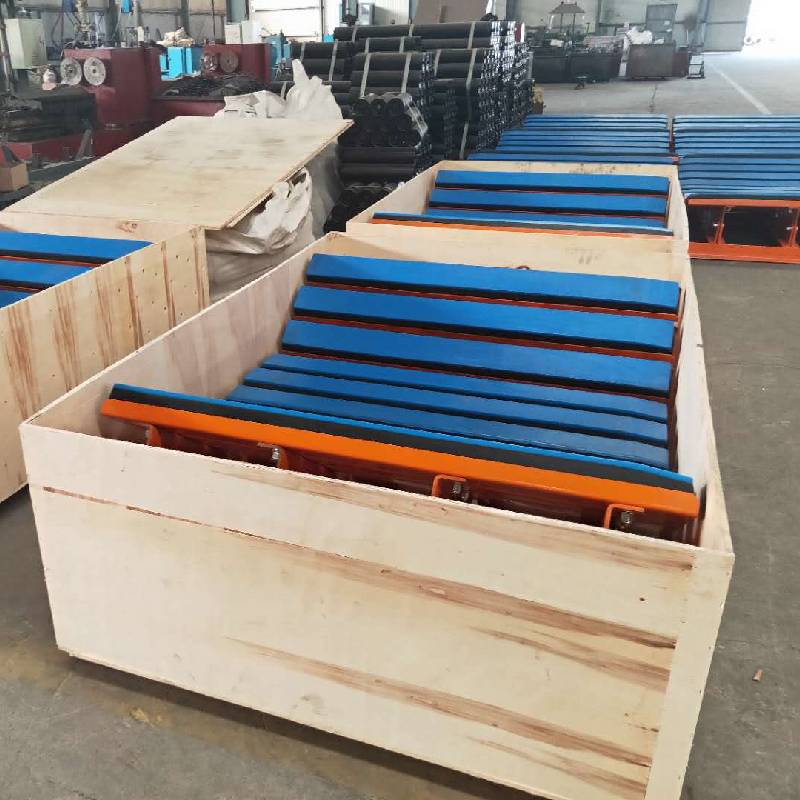 Afrikaans
Afrikaans  Albanian
Albanian  Amharic
Amharic  Arabic
Arabic  Armenian
Armenian  Azerbaijani
Azerbaijani  Basque
Basque  Belarusian
Belarusian  Bengali
Bengali  Bosnian
Bosnian  Bulgarian
Bulgarian  Catalan
Catalan  Cebuano
Cebuano  Corsican
Corsican  Croatian
Croatian  Czech
Czech  Danish
Danish  Dutch
Dutch  English
English  Esperanto
Esperanto  Estonian
Estonian  Finnish
Finnish  French
French  Frisian
Frisian  Galician
Galician  Georgian
Georgian  German
German  Greek
Greek  Gujarati
Gujarati  Haitian Creole
Haitian Creole  hausa
hausa  hawaiian
hawaiian  Hebrew
Hebrew  Hindi
Hindi  Miao
Miao  Hungarian
Hungarian  Icelandic
Icelandic  igbo
igbo  Indonesian
Indonesian  irish
irish  Italian
Italian  Japanese
Japanese  Javanese
Javanese  Kannada
Kannada  kazakh
kazakh  Khmer
Khmer  Rwandese
Rwandese  Korean
Korean  Kurdish
Kurdish  Kyrgyz
Kyrgyz  Lao
Lao  Latin
Latin  Latvian
Latvian  Lithuanian
Lithuanian  Luxembourgish
Luxembourgish  Macedonian
Macedonian  Malgashi
Malgashi  Malay
Malay  Malayalam
Malayalam  Maltese
Maltese  Maori
Maori  Marathi
Marathi  Mongolian
Mongolian  Myanmar
Myanmar  Nepali
Nepali  Norwegian
Norwegian  Norwegian
Norwegian  Occitan
Occitan  Pashto
Pashto  Persian
Persian  Polish
Polish  Portuguese
Portuguese  Punjabi
Punjabi  Romanian
Romanian  Russian
Russian  Samoan
Samoan  Scottish Gaelic
Scottish Gaelic  Serbian
Serbian  Sesotho
Sesotho  Shona
Shona  Sindhi
Sindhi  Sinhala
Sinhala  Slovak
Slovak  Slovenian
Slovenian  Somali
Somali  Spanish
Spanish  Sundanese
Sundanese  Swahili
Swahili  Swedish
Swedish  Tagalog
Tagalog  Tajik
Tajik  Tamil
Tamil  Tatar
Tatar  Telugu
Telugu  Thai
Thai  Turkish
Turkish  Turkmen
Turkmen  Ukrainian
Ukrainian  Urdu
Urdu  Uighur
Uighur  Uzbek
Uzbek  Vietnamese
Vietnamese  Welsh
Welsh  Bantu
Bantu  Yiddish
Yiddish  Yoruba
Yoruba  Zulu
Zulu drum pulley
Understanding Drum Pulleys Essential Components in Mechanical Systems
Drum pulleys are fundamental components widely used in various mechanical systems and applications, particularly in the realms of manufacturing, transportation, and material handling. These cylindrical devices play a critical role in the movement of objects, providing the necessary means to transmit force and change the direction of motion. Understanding the design, function, and applications of drum pulleys can unveil their significance in daily machinery and equipment.
At its core, a drum pulley is a type of pulley consisting of a cylindrical drum that wraps around with a belt or rope. The primary function of a drum pulley is to facilitate the lifting or lowering of heavy loads through a system of ropes or belts. This basic mechanism allows for the efficient transfer of mechanical power, making it invaluable in industries ranging from construction and mining to manufacturing and shipping.
One of the most notable features of drum pulleys is their efficiency in reducing friction, which is crucial for smooth operation
. When a belt winds around the drum, the design ensures that the movement is controlled and consistent, minimizing wear and energy loss. The surface of the drum is often treated or textured specifically to maximize grip, providing the necessary friction for the belt to operate effectively without slipping. By optimizing these elements, drum pulleys contribute significantly to the longevity of equipment and overall operational efficiency.drum pulley

In terms of construction, drum pulleys are made from various materials, including steel, aluminum, and composite materials. The choice of material typically depends on the specific application and the environmental conditions in which the pulley will operate. For instance, in harsh environments, such as mining or maritime applications, materials resistant to corrosion and wear are often preferred. Furthermore, drum pulleys can come in different sizes and weights, allowing for flexibility in design and implementation across numerous mechanical systems.
The applications of drum pulleys are vast and diverse. In manufacturing plants, they are commonly used in conveyor systems to transport materials from one location to another. This application is crucial for the automation of production processes, significantly improving efficiency and reducing labor costs. In construction, drum pulleys are used in cranes and hoists, enabling workers to lift heavy loads with minimal effort. They play a critical role in making demanding tasks more manageable and safe.
Moreover, drum pulleys are also integral in power transmission systems. In these systems, they are often used with motors to drive machinery, where they help convert rotational motion into linear motion, facilitating various processes within industrial applications. Their ability to change the direction of force allows for more complex machinery configurations, which can be tailored to meet specific needs.
In conclusion, drum pulleys are indispensable components in many mechanical systems. Their efficient design minimizes friction, extends the life of equipment, and helps facilitate the smooth operation of machinery across various industries. From lifting heavy loads in construction to transporting goods in manufacturing, their versatility and reliability make them a crucial part of modern mechanical engineering. As technology continues to advance, the design and functionality of drum pulleys will likely evolve, leading to even greater efficiencies and innovations in their applications. Understanding these components is essential for anyone involved in mechanical design, engineering, or maintenance, highlighting their importance in our everyday lives.
-
Revolutionizing Conveyor Reliability with Advanced Rubber Lagging PulleysNewsJul.22,2025
-
Powering Precision and Durability with Expert Manufacturers of Conveyor ComponentsNewsJul.22,2025
-
Optimizing Conveyor Systems with Advanced Conveyor AccessoriesNewsJul.22,2025
-
Maximize Conveyor Efficiency with Quality Conveyor Idler PulleysNewsJul.22,2025
-
Future-Proof Your Conveyor System with High-Performance Polyurethane RollerNewsJul.22,2025
-
Driving Efficiency Forward with Quality Idlers and RollersNewsJul.22,2025





























